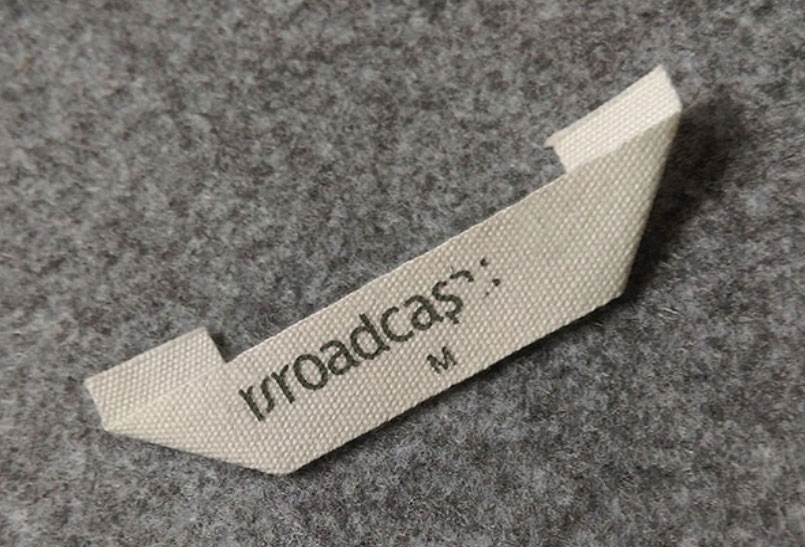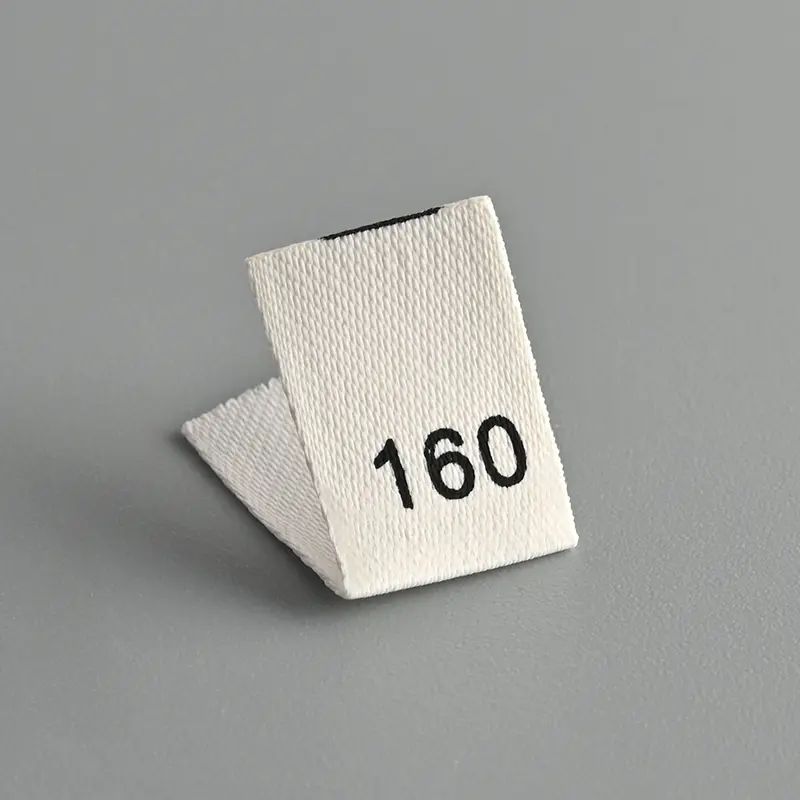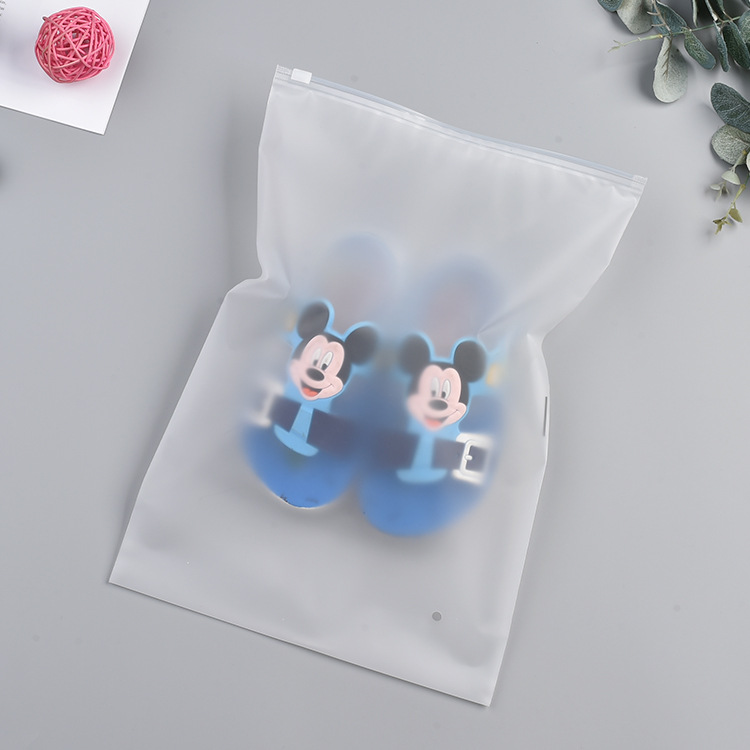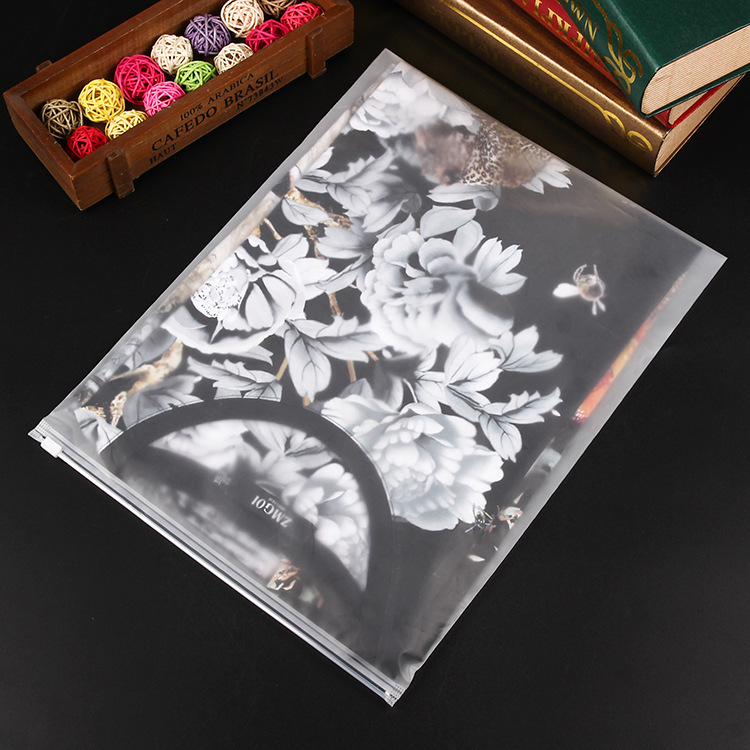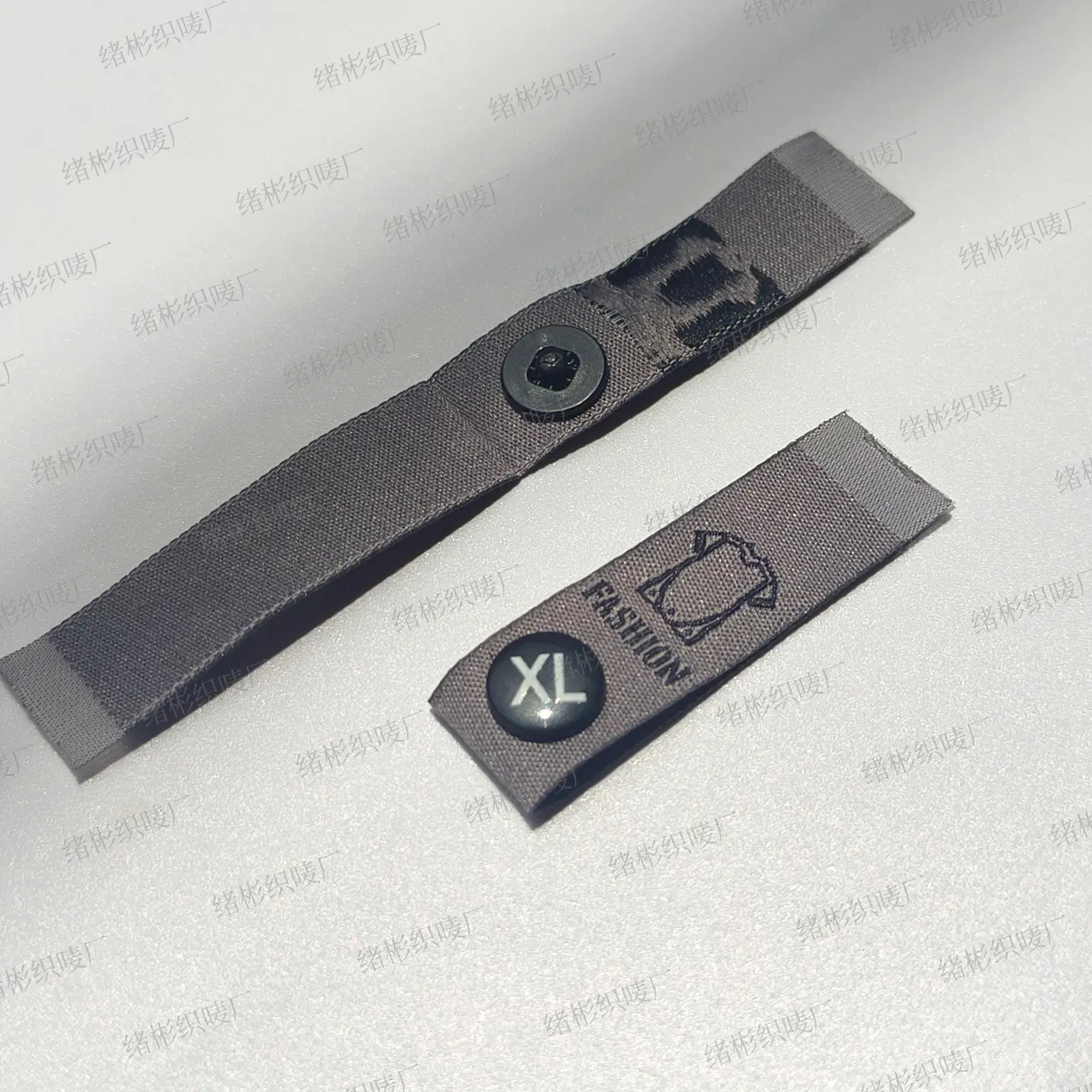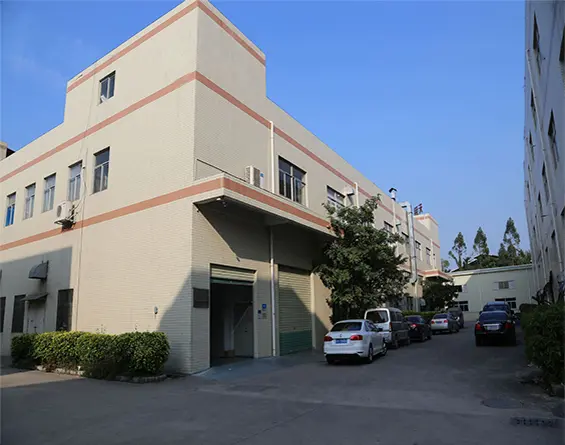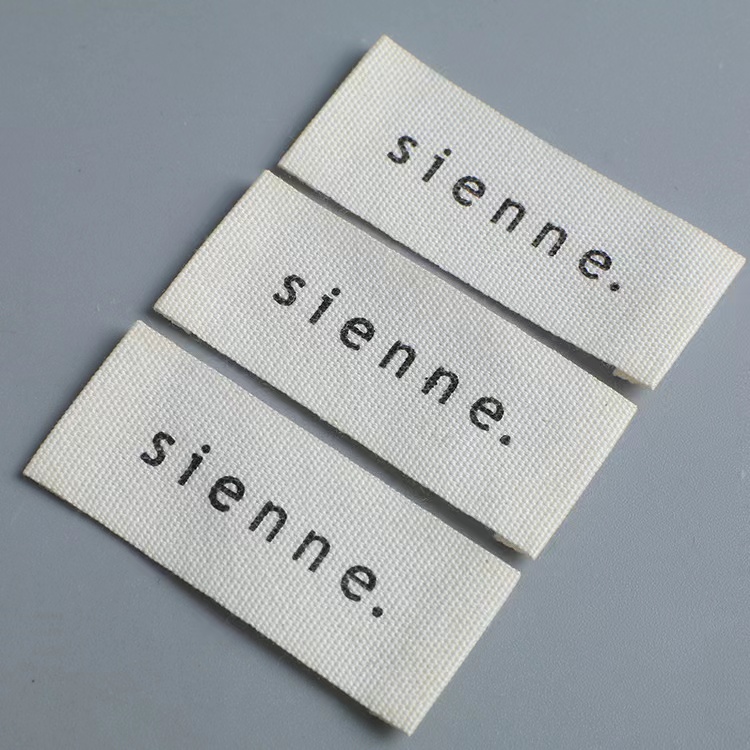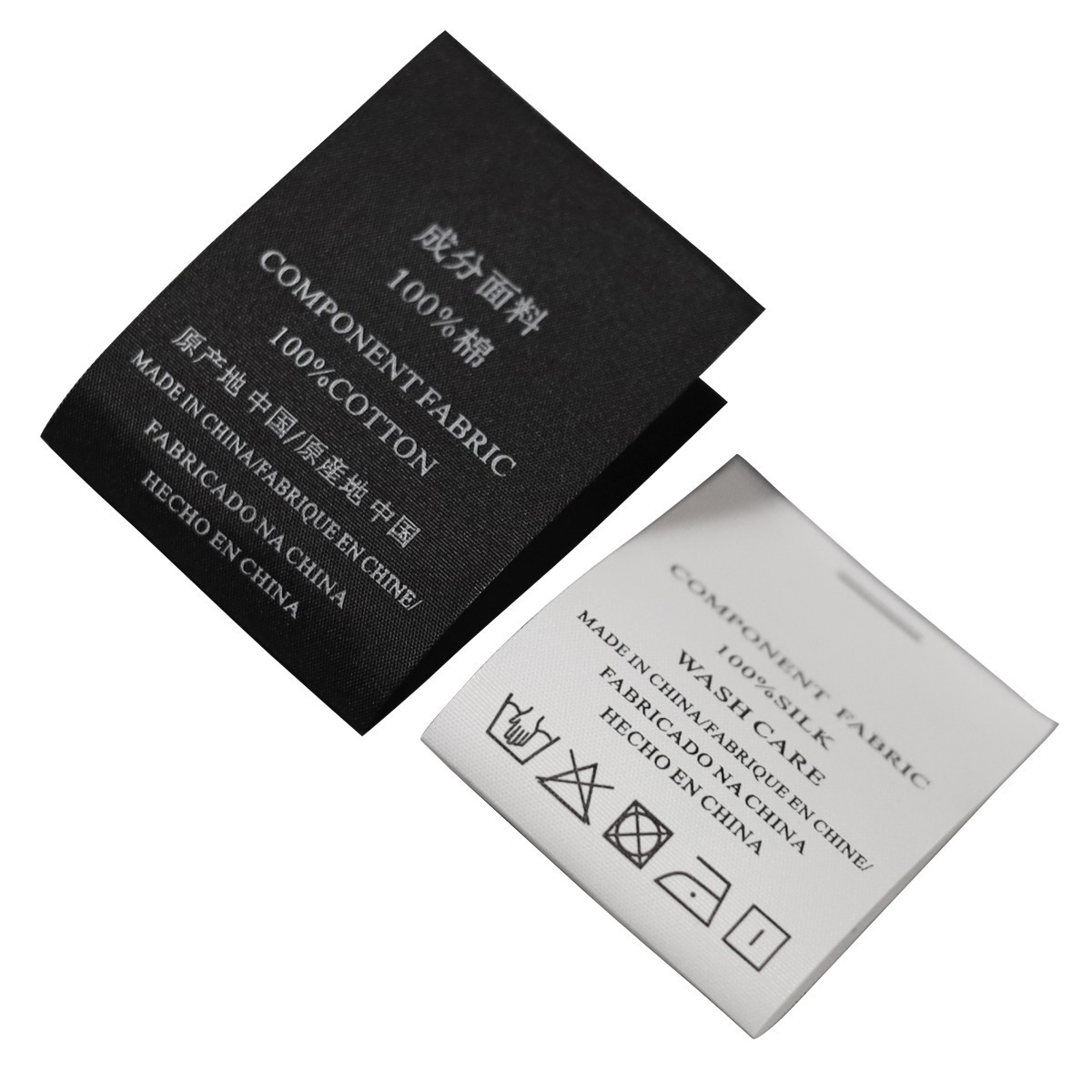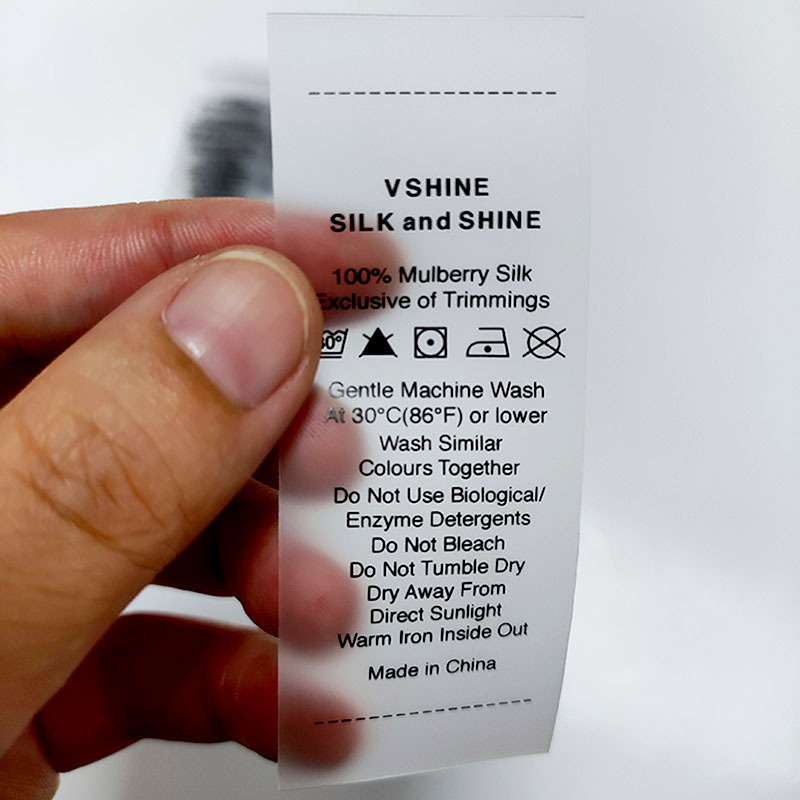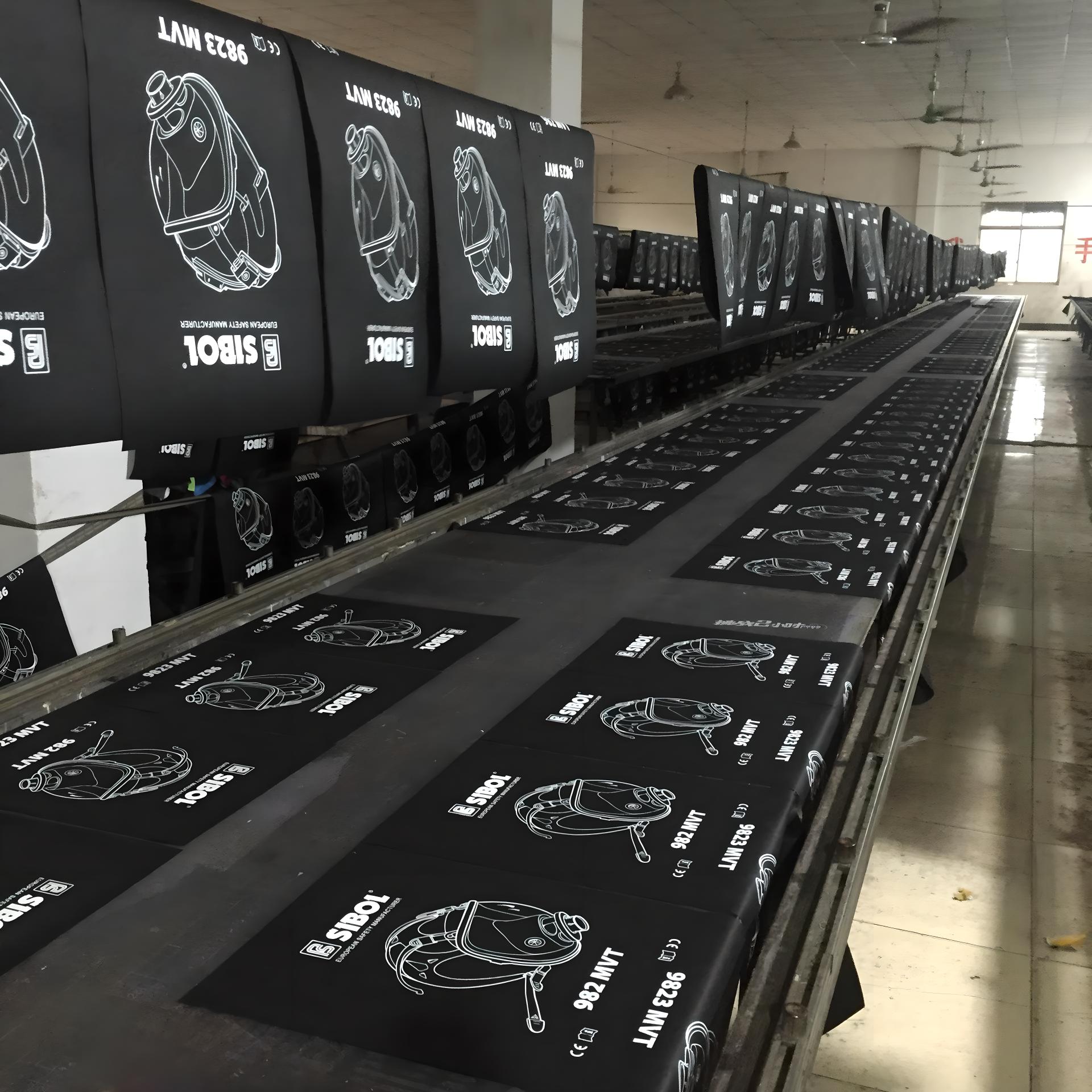A Detailed Introduction to Main Labels and Size Labels
Main Labels and Size Labels
In the apparel accessories industry, main labelsand size labelsare two essential types of tags that play important roles in brand identification and size indication. Commonly sewn into the interior of garments, they serve to convey brand information and clothing sizes, thereby enhancing brand image and customer experience. Below is a detailed introduction to these two types of labels:
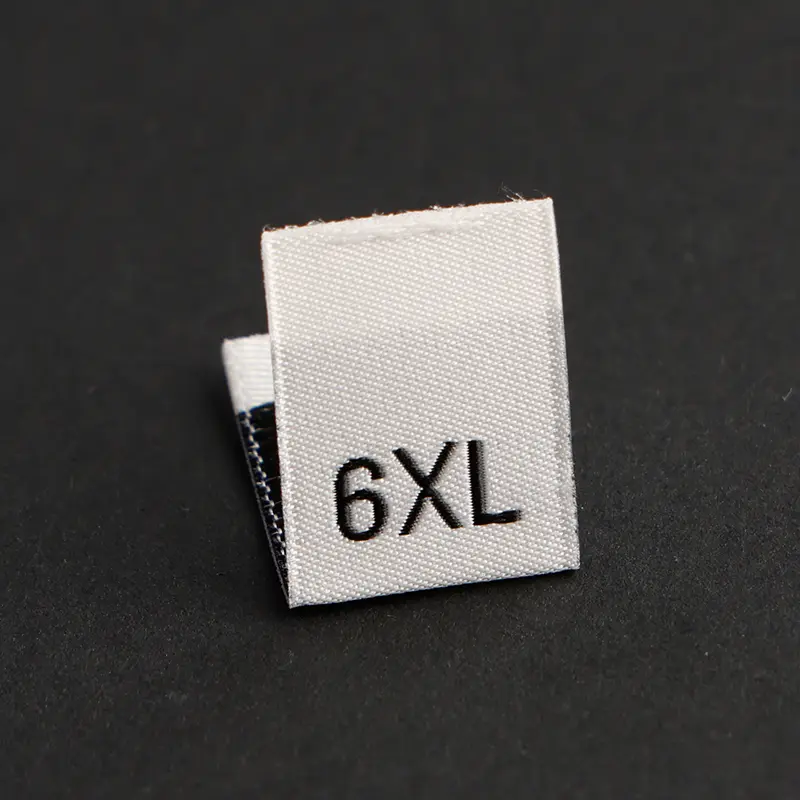
1. Main Label
Definition:
The main labelis the primary brand tag sewn inside a garment, typically located at the back of the neckline or inside the waistband. It is a key branding element for apparel.
Features:
Material:
Common materials include polyester, cotton, and satin. The choice depends on brand positioning and product grade. Premium brands may opt for custom fabrics or embroidery to enhance texture and quality.
Design:
Design elements usually include the brand name and logo, and occasionally a short brand slogan. These elements can be presented through various techniques such as jacquard weaving, printing, or embroidery.
Craftsmanship:
Typical production methods include:
Woven labels: Incorporating text and patterns directly into the weave
Printed labels: Using screen printing or heat transfer
Embroidered labels: Used by some brands to elevate the quality and elegance
Color:
Usually aligned with the brand’s primary color palette or coordinated with the product's style to maintain visual harmony.
Functions:
Brand Identification:
Helps consumers quickly recognize the brand, enhancing brand awareness and loyalty.
Brand Image Representation:
Through material and design choices, the main label effectively communicates the brand’s positioning. Luxury brands often use high-end materials to convey a sense of quality and refinement.
Decorative Element:
In addition to being functional, the main label can also serve a decorative purpose, adding design value—especially in high-end or bespoke garments where label design is often a highlight.
2. Size Label
Definition:
The size labelindicates the size of the garment. It is usually sewn beneath the main label or separately in another interior location. Its primary function is to help customers identify the appropriate size for their needs.
Features:
Material:
Generally made of simple and soft materials like polyester or cotton, focusing on durability and skin comfort to avoid irritation.
Information Content:
Typically displays sizing such as S, M, L, or numeric sizes like 38, 40, 42. Some labels also include international size conversions (e.g., US, UK, EU sizes).
Production Techniques:
Printed labels: Most common, using screen printing or heat transfer methods
Woven labels: Occasionally used for durability by weaving size information into the fabric
Color & Appearance:
Usually simple and clear for readability. The color is often coordinated with the garment or main label to maintain consistency and avoid visual disruption.
Functions:
Size Indication:
The primary purpose is to guide consumers in selecting the correct size, which is especially critical in garments with multiple size options.
Retail Efficiency:
Facilitates quick identification and sorting of clothing by size for sales staff and customers, aiding in efficient retail display and sales processes.
Comfort:
Material selection is crucial to ensure the label is soft and non-irritating. Many brands prioritize this to enhance wearability.
3. Combined Use of Main Labels and Size Labels
In actual garment production, the main label and size label are typically used together. The main label conveys brand identity, while the size label indicates sizing. They are usually sewn in inconspicuous interior locations—such as inside the collar or waistband lining—ensuring practicality without affecting the garment’s exterior design.
4. Customization and Brand Differentiation
Different brands have varying requirements for main and size label design:
High-End Brands:
Focus on refined details in material, craftsmanship, and design, striving to reflect premium quality in every aspect.
Fast Fashion Brands:
Prioritize functionality and cost-efficiency, opting for simple and practical label designs to enable rapid production and cost savings.
Summary
Main labels and size labels play crucial roles in the apparel accessories industry. While the main label reflects the brand's image and style, the size label provides essential information to help consumers choose the right fit. Although they may seem minor, these labels significantly impact garment design and the overall customer experience.
More:clothing label manufacturer | hang tags with elastic string | clothing tags wholesale | cotton care label | wholesale hang tags | shirt hem tag |
Email:royis@clothinglabelscustom.com























